Professional team analysis is about more than just spotting formations or describing playing styles. To analyze like a pro, you need to break the game into a structured process — from the shapes a team uses in each phase of play, to the principles that guide those shapes, and finally to their overall style of play.
This process isn’t about guessing or making general comments. It’s about building a detailed, evidence-based picture of how a team behaves across different situations. Coaches can then design game plans, scouts can evaluate tactical fits, and analysts can produce precise, professional reports.
Step 1: Identify the Structures in Each Phase of Play
The first step of any analysis is to map out the formations and structures the team uses. This provides the tactical skeleton for everything else.
A crucial detail: most teams don’t use the same shape everywhere on the pitch. Instead, they adjust depending on the zone.
In Possession
- Low build-up (goalkeeper + defenders): Does the team stay in a natural back four, or do they manufacture a three-at-the-back structure? For example, Pep Guardiola and Roberto De Zerbi like creating a back four by pushing the goalkeeper up between the center-backs.
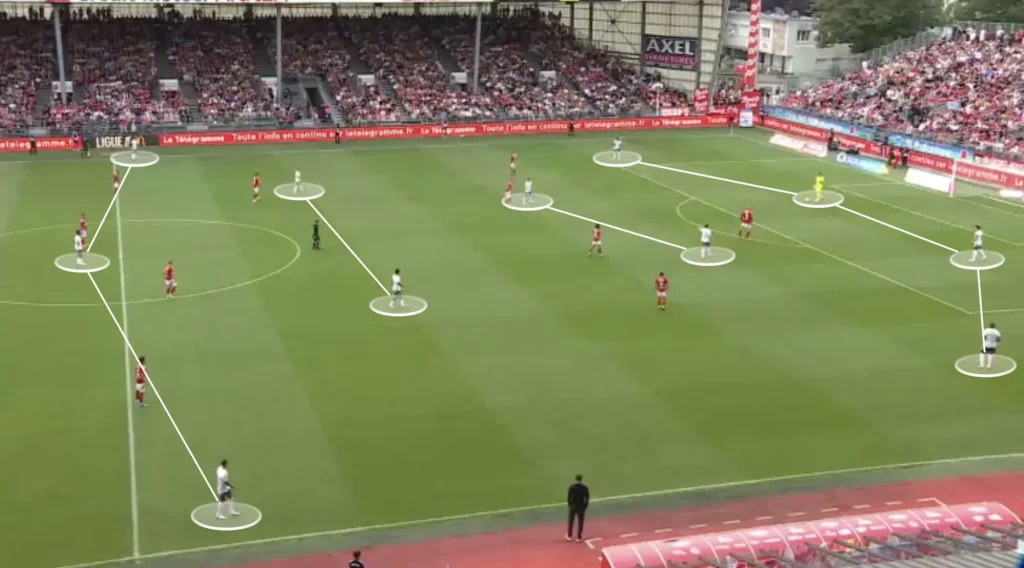
- High build-up: Many sides morph into a 2-3-5, 3-2-5, or 3-1-5-1 to stretch the opponent and occupy all five attacking lanes. The exact distribution shows whether they value width, central overloads, or depth behind the defensive line.
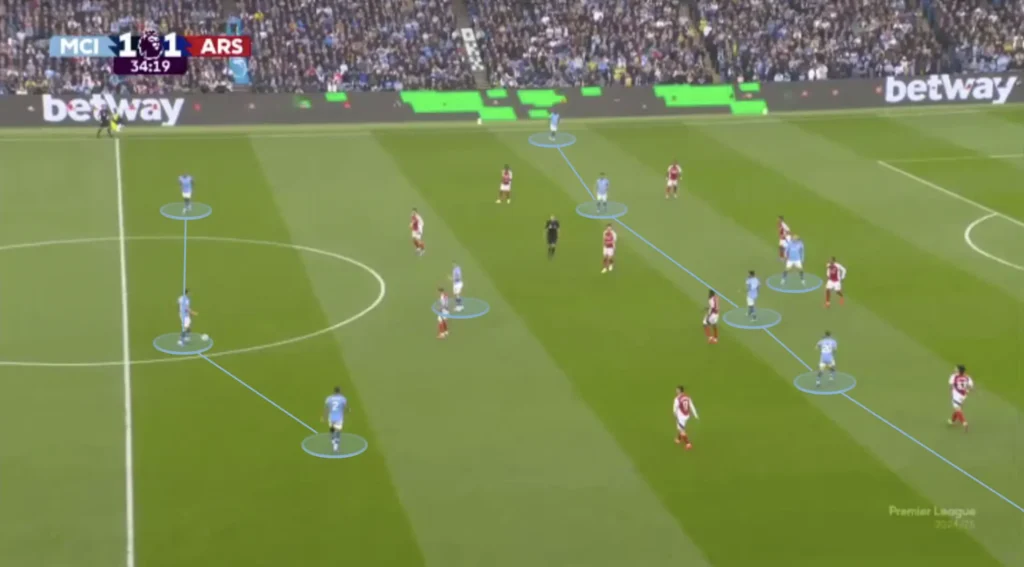
Out of Possession
- High pressing shape: Do they press with a 4-1-2-1-2, 4-3-3, or 4-2-4? A small detail like the number of players pressing the opposition backline can define whether the press is aggressive or more about containment.
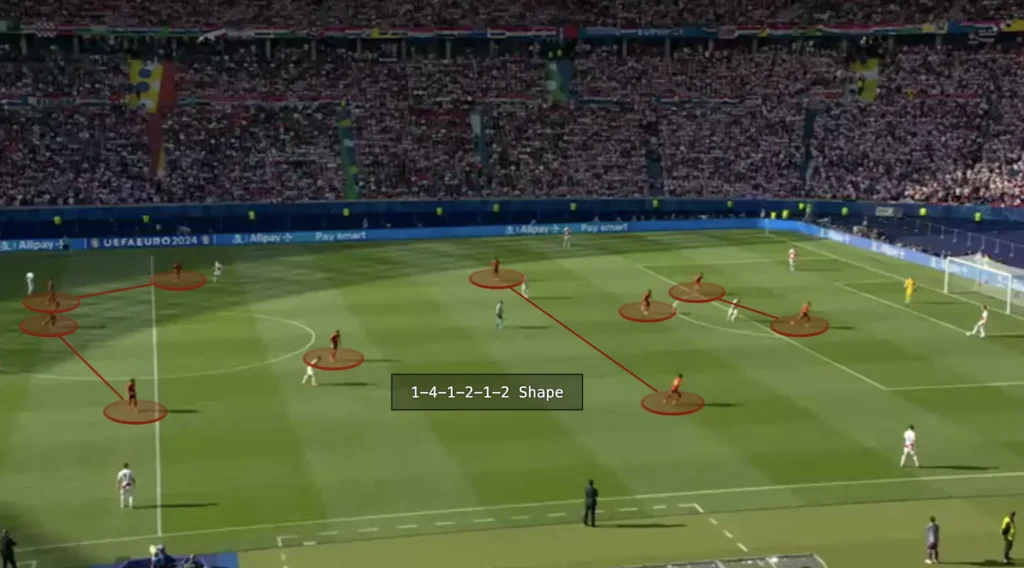
- Low pressing shape (includes mid-block and low-block): Do they sit in a compact 5-3-2, 4-5-1, or 4-4-2? Arsenal under Mikel Arteta, for instance, master the 4-4-2 low pressing block with incredible compactness.
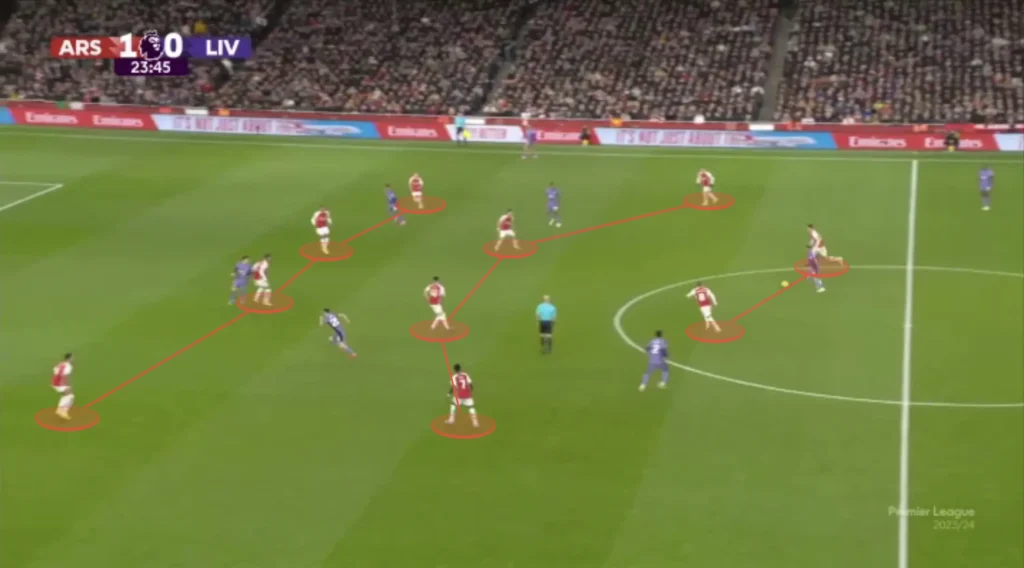
Transitions
- Defensive transition: Do they counterpress immediately after losing the ball, or drop off into a block? Top pressing teams (Liverpool, RB Leipzig) treat transition as their most dangerous weapon.
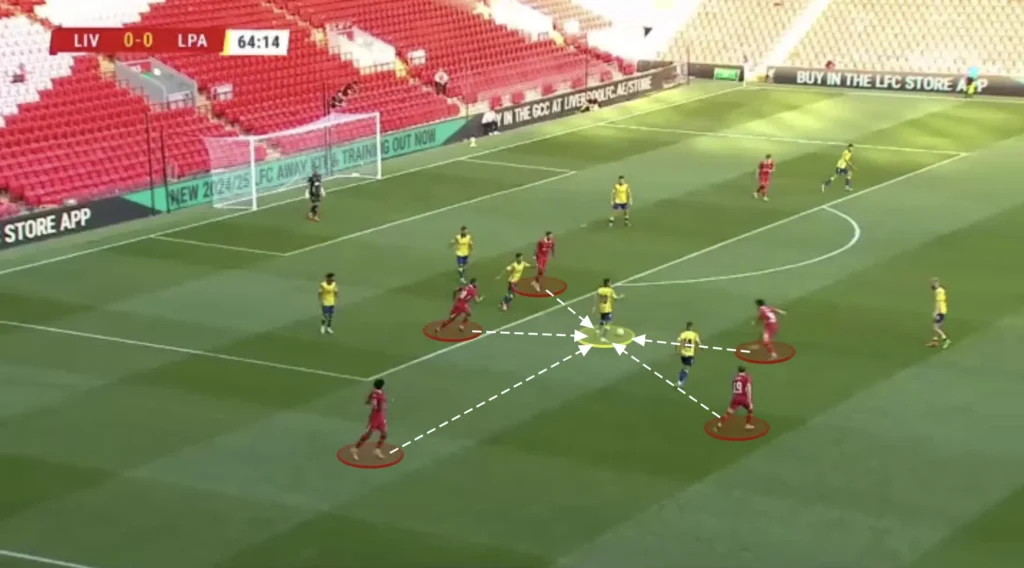
- Offensive transition: Do they break with vertical speed (Real Madrid with Vinícius and Rodrygo), or do they secure the ball, recycle, and rebuild calmly?
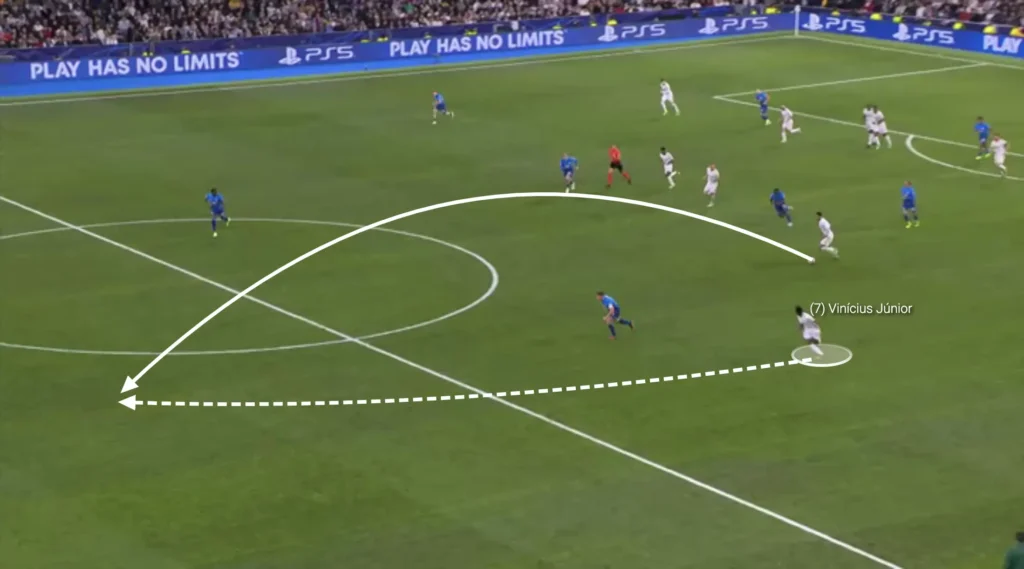
Mapping out these structures gives you the “when and where” of their tactical plan.
Step 2: Look for the Principles Behind the Structures
Formations tell you where players are positioned; principles tell you why they behave that way.
In Possession
- Build-up principles: Do they use short circulation to draw the press? Long diagonals to bypass pressure? Or are they direct, looking to find a target striker quickly?
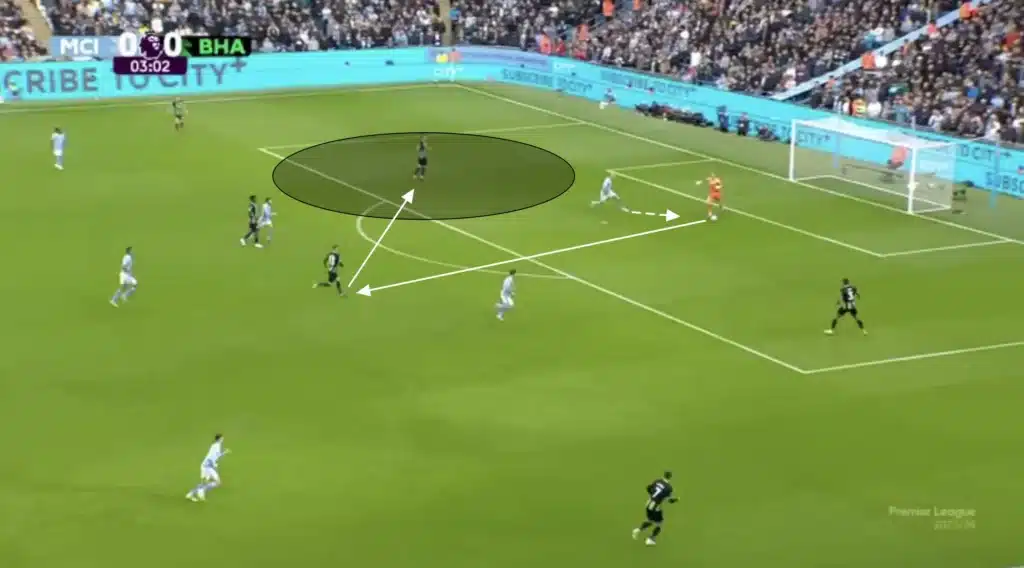
- Progression principles: Do they overload one side to isolate the far winger? Do they prioritize half-space combinations between a fullback, midfielder, and forward?
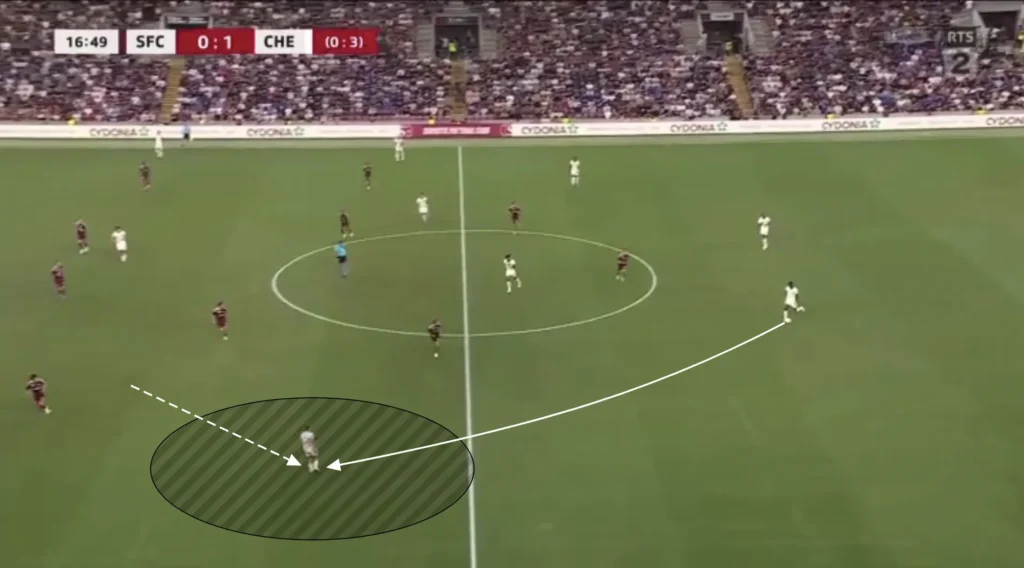
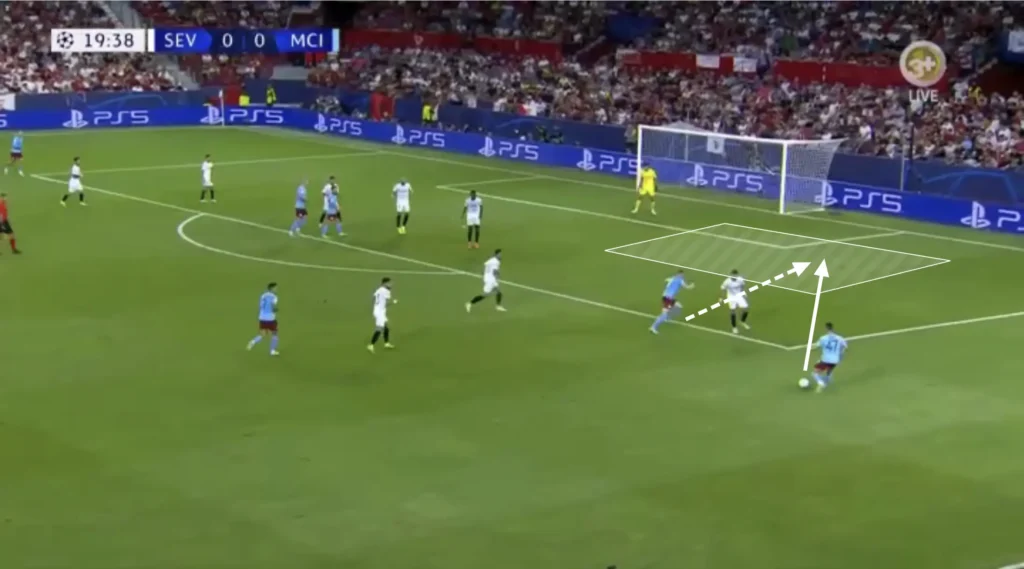
Out of Possession
- Pressing height: Is their identity to suffocate teams with a high press, or to wait compactly in a mid- or low pressing block?
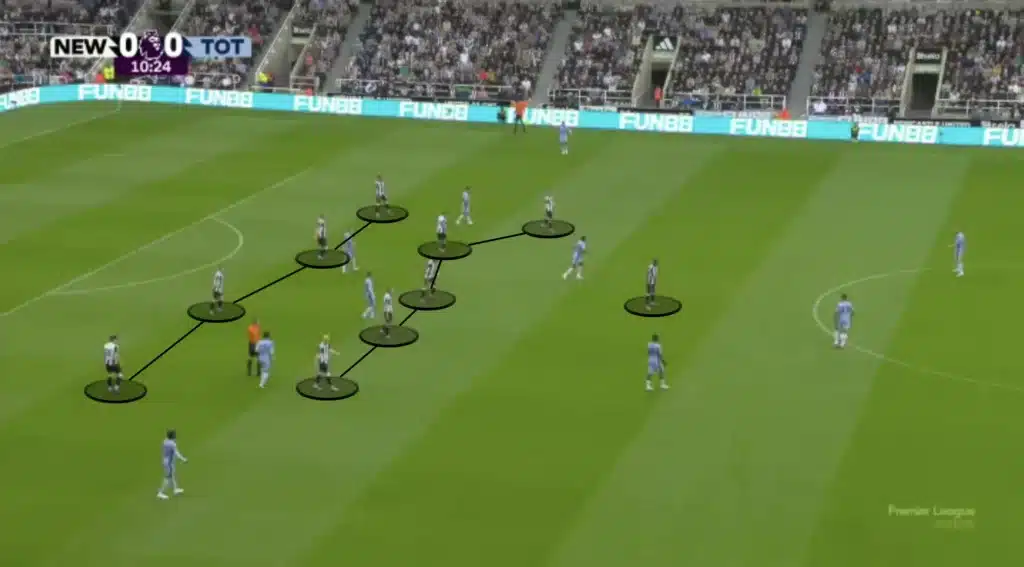
- Marking approach: Are they man-oriented, zonal, or hybrid?
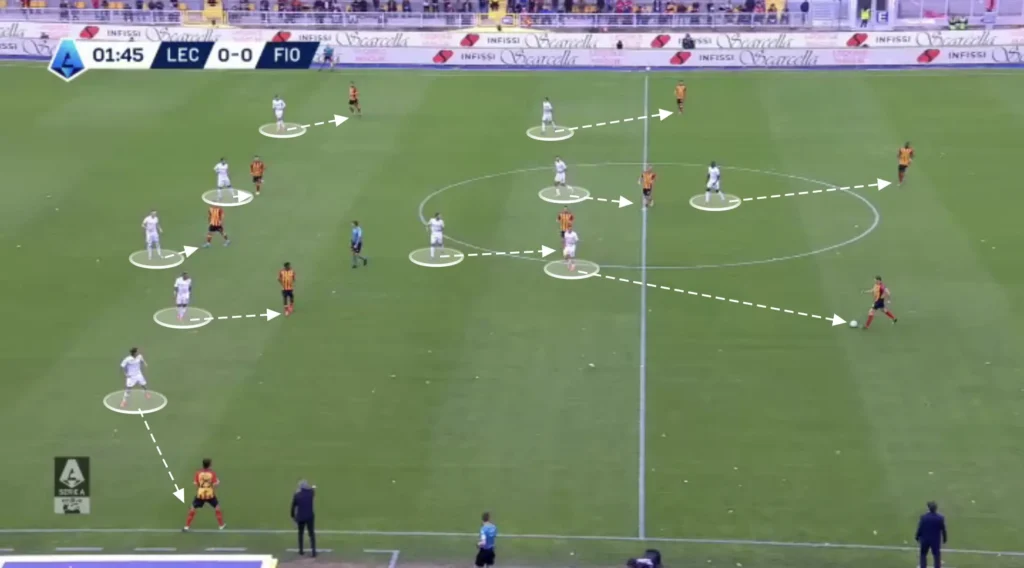
- Compactness: Do they protect the center at all costs, or stay wider to force the ball inside into pressing traps?
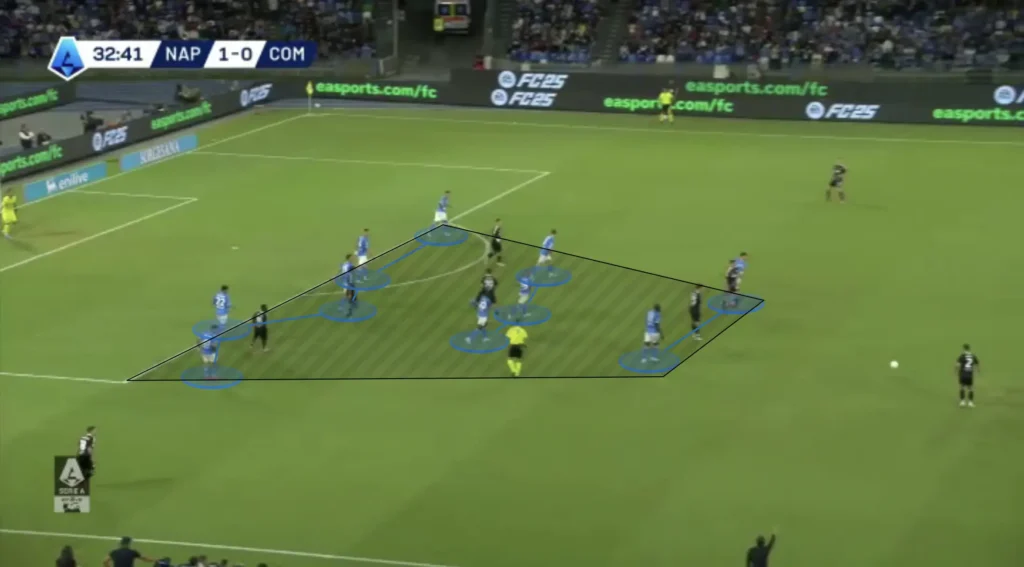
Transitions
- Defensive transition: Do they swarm around the ball immediately (counterpress), or drop behind it to avoid being exposed?
- Offensive transition: Is the first thought vertical (ball into space) or horizontal (secure with a safe pass)?
This is the point where an analysis moves from describing shapes to explaining intentions.
Step 3: Don’t Overlook Set-Pieces
A full professional analysis must include set-pieces, since they often decide tight games and reveal additional tactical detail.
- Attacking set-pieces: Do they overload zones, set blocking screens, or rely on rehearsed routines?

- Defensive set-pieces: Do they defend zonally, man-to-man, or with a hybrid system? Who is the organizer?
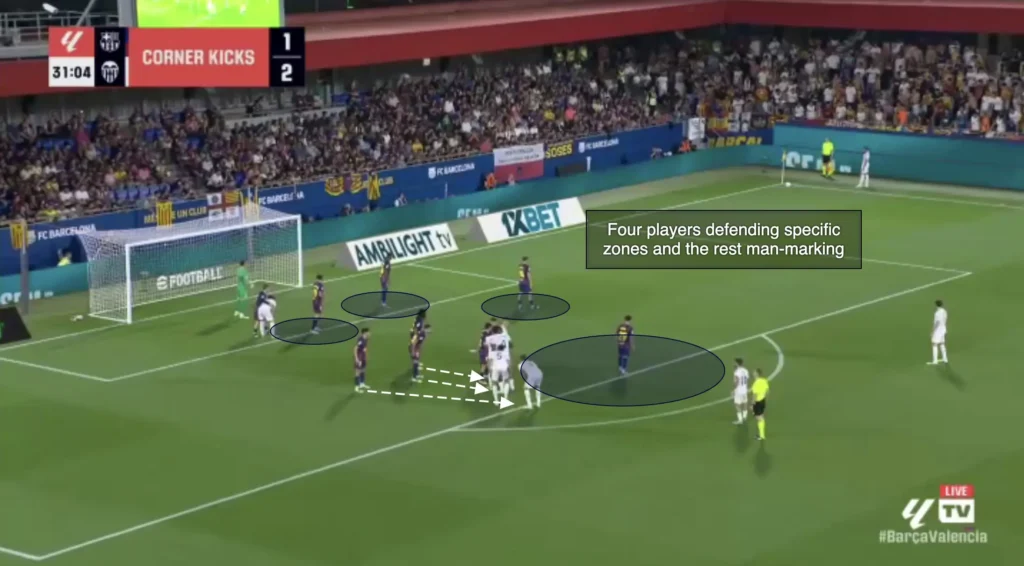
- Rest-defence/attack: How many players do they leave behind to prevent counterattacks? How many players stay high to be ready for counterattacks?
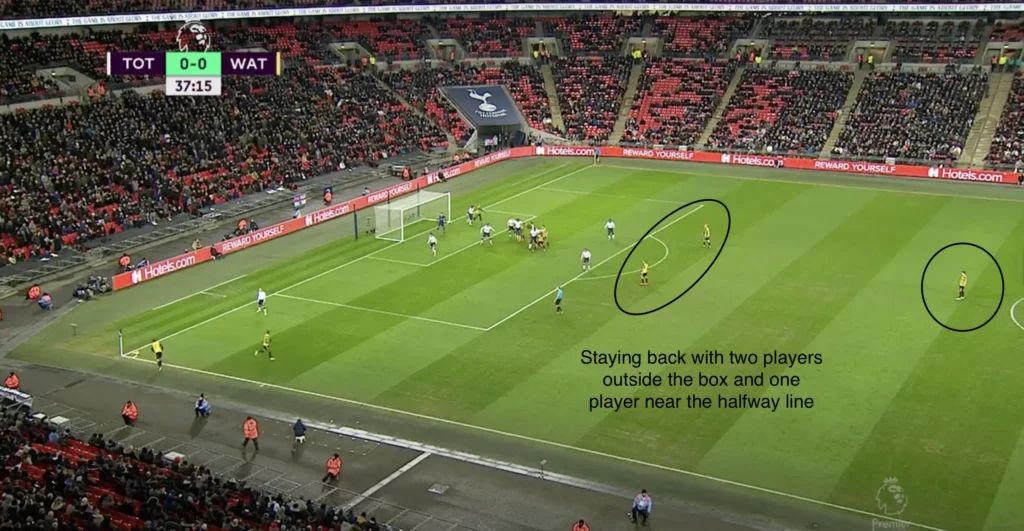
Neglecting set-pieces means missing up to 25–30% of goals scored in some competitions.
Step 4: Connect Structures and Principles to the Style of Play
Once you know the structures and principles, you can pull them together to define the team’s style of play.
- Do they have a proactive identity, dominating possession and pressing high? (e.g., Manchester City, Bayer Leverkusen)
- Do they have a reactive identity, focusing on compact defending and transitions? (e.g., Atlético Madrid, Everton)
- Or are they adaptive, changing depending on opponent and match context? (e.g., Inter, who can dominate possession or sit deeper depending on the situation)
This step turns analysis from isolated details into a coherent tactical identity.
Step 5: Connect Individuals to Principles
Every structure depends on individuals to make it work. Identifying who executes key principles is a critical layer.
- Who carries the build-up? (Press-resistant pivot, ball-playing center-back, or goalkeeper like Ederson?)
- Who organizes defensive compactness? (Often a central center-back or holding midfielder.)
- Who provides the main transition threat? (Winger running in behind, target striker holding up, or an advanced midfielder arriving late?)
By linking individual qualities to team principles, you can explain why the system works — and where it might collapse if certain players are missing.
Step 6: Comparative and Contextual Analysis
Professional analysis rarely looks at just one match. Patterns across matches tell you whether behaviors are principles or adaptations.
- Do they press differently against weaker vs. stronger teams?
- Do they change attacking shape depending on whether they face a back four or a back five?
- Are their counterattacks consistent, or opportunistic depending on game state?
This step prevents misreading one-off tactical decisions as core identity.
Step 7: Integrate Data and Video
The modern analyst doesn’t rely solely on video. Data helps verify observations:
- PPDA (passes per defensive action) measures pressing intensity.
- Possession value models highlight how effective their build-up really is.
- xG from set-pieces shows whether routines are consistently dangerous.
Video shows how it looks; data shows how often it happens. Used together, they give the clearest picture.
Step 8: Build the Report into Practical Insight
The goal of professional analysis is not just to describe, but to provide usable conclusions for coaches, scouts, or players.
A clear report might look like this:
- Structures in all phases (low build-up, high build-up, high pressing, low pressing, both transitions, set-pieces).
- Principles behind those structures.
- Key individuals that drive the principles.
- Comparative patterns across different matches.
- Style of play summary with strengths and weaknesses.
For example:
- Structures: Team builds in a 4-2-2-2 low and rotates into a 3-2-5 in the high build-up, presses in a 4-2-4 high and then drops back into a 4-4-2 mid-block, defends set-pieces zonally.
- Principles: Positional play, half-space overloads, high pressing, rest-defence with two and a pivot.
- Style: Proactive, possession-dominant, vulnerable to direct counterattacks if counterpress is bypassed.
This turns raw observations into professional-grade insight.
Conclusion
Analyzing a team like a pro is not about throwing around tactical terms — it’s about following a structured process:
- Start with the structures in each phase of play.
- Identify the principles that explain how those structures are used.
- Include set-pieces, since they are decisive and systematic.
- Connect principles to individuals.
- Compare across matches to separate identity from adaptation.
- Use data to support video observations.
- Summarize into a style of play with practical strengths and weaknesses.
Done consistently, this process allows you not just to understand how a team functions, but to communicate it clearly for coaches, scouts, and players to act on.
That’s what separates casual observation from true professional analysis.

It’s been very very helpful and will help me improve a lot….keep up the good works
Gracias Mucho